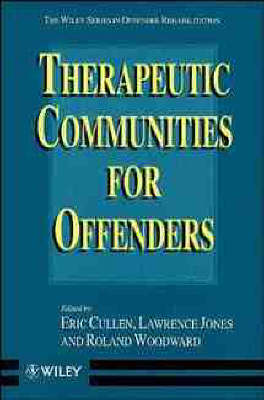Wiley Series in Offender Rehabilitation
1 total work
Therapeutic Communities for Offenders
by Eric Cullen, Lawrence Jones, and Roland Woodward
Published 21 March 1997
Drawing from their experience with offender groups, the authors summarize examples of "best practice" that therapeutic communities can offer to offenders in the United Kingdom, Europe and the United States. Practical comparison is made of these therapeutic communities. The emphasis is on jargon-free, practical guides and descriptions of requisite skills, procedures and organizations to allow readers to understand how to build and sustain therapy in prisons. These descriptions are enhanced by reference to the proof of therapeutic communities' effectiveness in terms of improved personality, prison behaviour and reduced offending.
